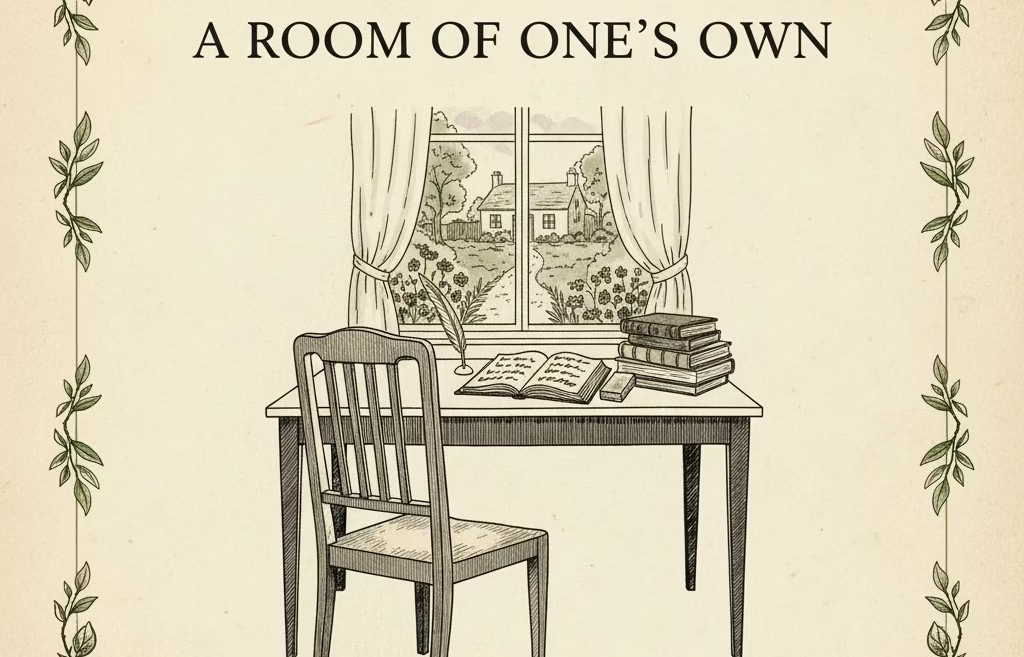INTRODUCTION
Eugene O’Neill’s The Hairy Ape remains a touchstone for anyone seeking to understand the deep fissures of class, alienation, and the tug-of-war between humanity and modern machinery. First performed in 1922, this play resonates even today, not only for its searing socio-political critique but also for its raw psychological insights.
There’s something immediately arresting about the steam, sweat, and shouts that billow from the pages of “The Hairy Ape”. Set aboard an ocean liner, O’Neill’s drama follows Yank, a stoker whose existential quest for belonging mirrors the anxieties of a world rumbling through industrialisation. “The Hairy Ape analysis” unlocks a play where muscle collides with mind and where the churning engines below deck are nothing compared to the internal churnings of a man out of place in his world.
As someone who’s spent many hours unravelling O’Neill’s gnomic dialogues and existential set pieces, it feels oddly personal to plunge into this story. I first encountered the text during an early morning seminar; by afternoon, I was still jotting down reflections. It’s uncommon to find a play that so fervently explores literary boundaries and contemporary issues.
Eugene O’Neill’s The Hairy Ape: Context and Form
Eugene O’Neill did not write in a vacuum. The play’s debut in New York at the wake of World War I, amid surging industrial expansion, profoundly colours both its imagery and ideology. Yank’s world is the firemen’s forecastle, a noisy, muscular place where identity is forged in coal and camaraderie. But society, depicted as a distant, icy world—flaunted by Mildred Douglas and the upper crust—interrupts with a single, fateful insult: “filthy beast”.
O’Neill’s use of Expressionism, where set and dialogue blur into psychological landscapes, intensifies the analysis of “The Hairy Ape”. There’s almost a claustrophobic heat in his writing—one feels the press of steel bulkheads and class divides closing in. FULL TEXT
Eugene O’Neill’s The Hairy Ape: Plot Overview
Opening Scene: In the belly of an ocean liner, Yank reigns as king among stokers—a Neanderthal presence both respected and feared.
Inciting Incident: Mildred Douglas, who symbolises idle privilege, shatters Yank’s self-perception and leads him on an obsessive journey through both the social and literal streets of Manhattan.
Climax and Resolution: Desperate to retaliate and belong, Yank careens through the city, rebuffed at every turn, before a final, poignant encounter with an actual ape seals his fate—an ironic reflection of his own dehumanisation.
This is not a story that bows to easy catharsis. Instead, O’Neill’s ending crackles with unresolved tension—something that, frankly, mirrors contemporary urban malaise.
Eugene O’Neill’s The Hairy Ape: Thematic Insights
Class Struggle and Industrialization
O’Neill’s depiction of class remains powerful—and, if anything, more urgent amid today’s rising inequality. Bulkheads not only divide the firemen below deck and the leisure class above, but also create entire metaphysical chasms. Yank’s “might makes right” worldview is shattered by Mildred’s revulsion, sending him stumbling through New York, rejected by both elites and workers alike.
Reflecting personally, one cannot help but notice echoes of modern gig economies and the disaffected “essential worker”. O’Neill’s play stares down the very pulse of social change, much like today’s headlines.
Alienation and Identity
“The Hairy Ape analysis” is incomplete without probing alienation. Yank’s journey is existential—he’s neither accepted by the ruling class nor finds solidarity with organised labour. Instead, his search becomes a spiral of self-doubt, ending with a literal and figurative ‘return to the cage’. Here, O’Neill’s play is almost prophetic about the existential crises of the 21st-century worker.
Power of Machinery and Loss of Humanity
Reflective commentary is impossible to avoid when discussing O’Neill’s portrayal of industrial machinery. The ship’s furnace, a symbol of modernity, both empowers and erodes Yank. Machinery here does not liberate; it enslaves. This, for me, is what makes “The Hairy Ape” such a pressing text for a digitally saturated era—are not today’s algorithms and gig platforms the new engines below deck?
Eugene O’Neill’s The Hairy Ape: Character Analysis
Yank
Physically imposing and charismatically rough, Yank emerges as the living symbol of working-class pride and pain. But O’Neill, with characteristic sympathy, strips him to emotional bare wires—a man desperate for connection and dignity.
Mildred Douglas
Mildred is more than a plot device; she personifies the insulated, oblivious aristocracy—her shock at Yank is the catalyst, but her exit is equally telling. She is gone from the narrative, but her words ring in Yank’s ears.
Supporting Cast
From Paddy’s old-world nostalgia to the socialist “Long” and the unyielding Secretary, O’Neill populates the play with voices that critique American optimism and reveal societal blind spots.
Eugene O’Neill’s The Hairy Ape: Literary Style
O’Neill’s Americanisms aren’t mere theatrics—they root “The Hairy Ape” in US industrial experience, but the themes resonate globally. The docks of Mumbai, the factories of Shenzhen, and New York’s subways all echo with the play’s shrill alarm.
Expressionist drama, rapid dialogue, and the collision of vernacular voices form a style as tumultuous as its subject matter. O’Neill effectively captured the essence of a rapidly evolving world, providing a voice to the steam-powered undercurrents present in every industrial city. EXPLORE OTHER AUTHORS
Conclusion
Eugene O’Neill’s The Hairy Ape stands as a powerful exploration of identity, social alienation, and the dehumanising effects of industrial modernity. Through the tragic journey of Yank, the play reveals painful fissures between the working class and the elite. It also grapples with deeper existential questions of belonging and self-worth. Yank’s transformation—from a confident stoker to a figure overwhelmed by isolation and despair—strikes a timeless chord. This resonates far beyond the gritty backdrop of the 1920s shipyard. O’Neill’s expressionistic style, infused with raw emotion and symbolic depth, invites the audience to reflect on the mechanisation of society and the erosion of human dignity in the modern age. Despite its dark themes, the play is not without hope. It underscores the urgent need for empathy and connection amidst social divides.
In today’s globalised world, where technology often alienates as much as it connects, The Hairy Ape remains startlingly relevant. It reminds readers, students, and educators alike that the quest for identity and a sense of belonging is a fundamental human struggle—one that transcends time and geography. Ultimately, the play’s enduring power lies in its bold confrontation with humanity’s place within the relentless tides of progress, leaving us both unsettled and enriched by its profound social commentary.
For educators, students, writers, and literature lovers worldwide, a close “The Hairy Ape analysis” is more than literature—it’s an invitation to reflect, critique, and converse.
Frequently Asked Questions (FAQs)
1. What is the main theme of Eugene O’Neill’s The Hairy Ape?
The primary theme centres on social alienation and the search for identity amid industrialisation and class division. It explores how technological progress can dehumanise workers and create profound social disconnects.
2. How does Yank’s character symbolise broader social issues?
Yank symbolises the working-class individual crushed by modern machinery and societal hierarchies who struggles to find belonging. His animalistic imagery reflects both physical labour and spiritual exile in an unforgiving industrial world.
3. What is the significance of the play’s expressionist style?
The expressionist style blurs reality and psychological experience, magnifying Yank’s inner turmoil and the claustrophobic effects of social oppression. It adds emotional intensity and symbolic meaning to the narrative.
4. Why is The Hairy Ape still relevant for modern readers?
The play remains relevant because its themes of alienation, class conflict, and identity crisis mirror contemporary issues in global economies, labour practices, and technological influences on human relationships.
5. How can The Hairy Ape be used in educational settings today?
Educators use the play to discuss industrialisation’s human cost, class struggles, and modern existentialism. It opens rich debates on social justice, psychological conflict, and literature as a mirror of societal change.






1 Comment
I simply couldn’t leave your web site before suggesting that I really loved the usual information a person provide in your visitors? Is going to be again frequently in order to inspect new posts